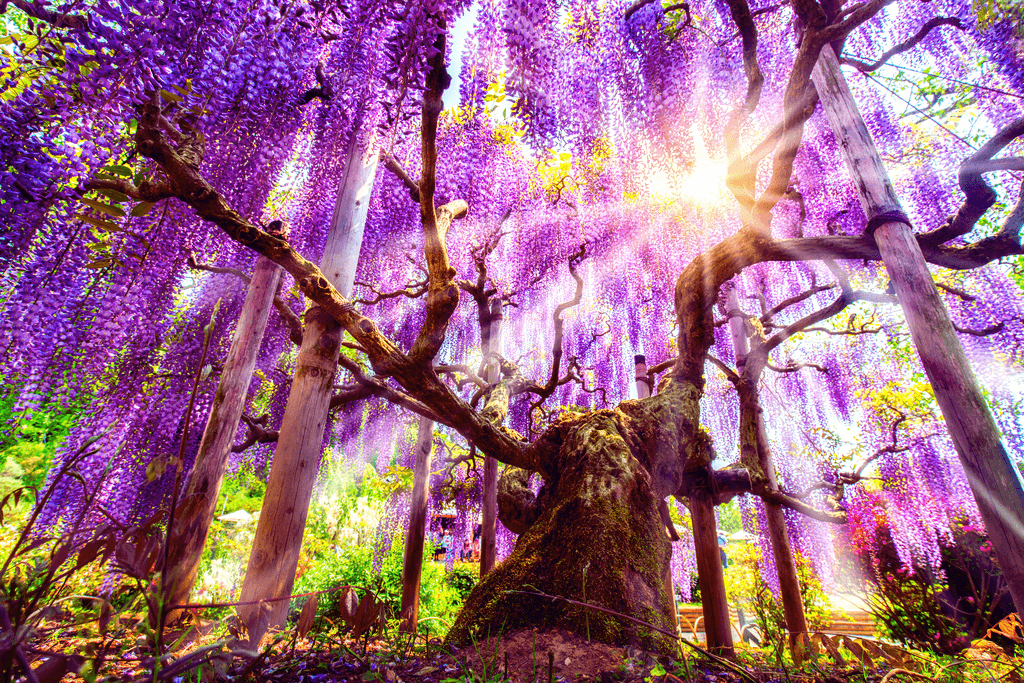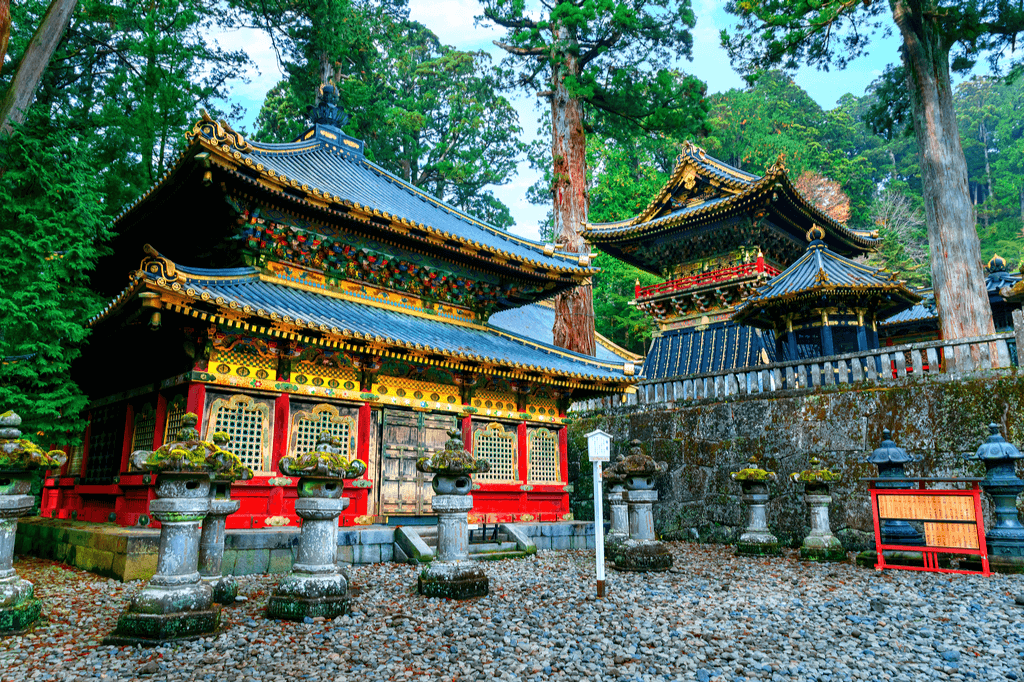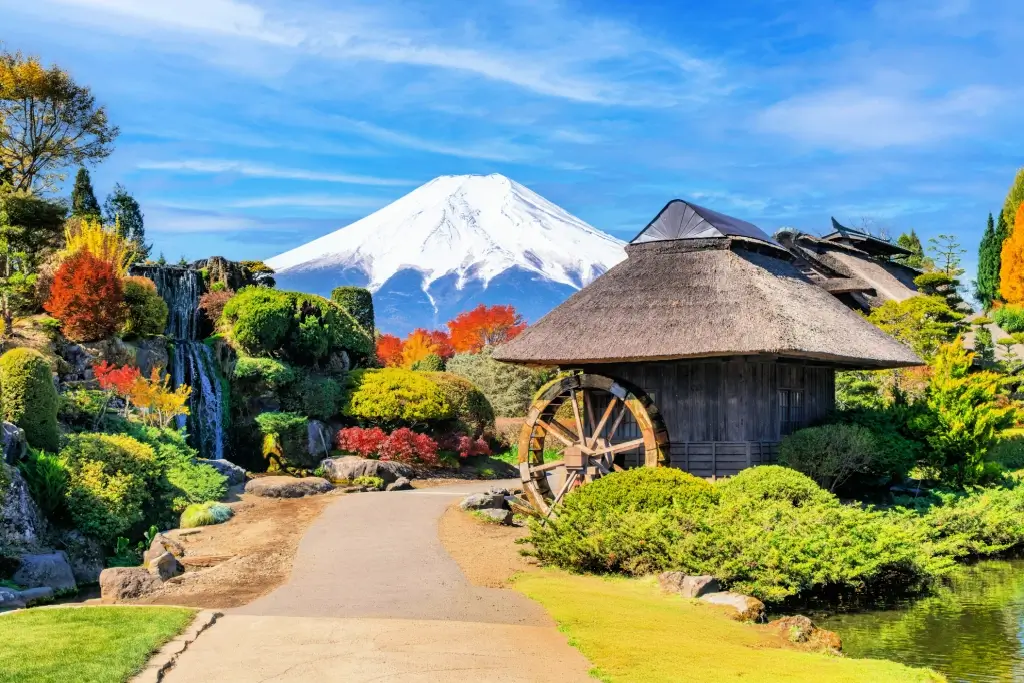nikko, shrines, soy snacks, tochigi, world heritage
Tochigi: Wonderful Land of World Heritage Sites

Thalia Harris
Posted on January 25, 2023
Share:

Tochigi Prefecture is home to fantastic world heritage sites, products, and history. The capital city of Nikko is particularly famous for preserving Edo-era architecture and temples. This rustic, arborous paradise is just two and a half hours away from the big city of Tokyo.
Nikko, Japan
Nikko is a significant city in Tochigi Prefecture, and it’s a popular tourist spot due to its beautiful natural location. In addition, Nikko has a lot of Edo-period architecture, shrines, and temples, so it’s perfect for history buffs. Most tourists visit Nikko during the spring hanami and autumn momiji for the best scenery.

The most attractive features of Nikko are its waterfalls, lakes, and other natural landscapes. One beautiful waterfall is Kegon Falls, a UNESCO World Heritage Site. It’s 97 meters (318 feet) tall and has an observatory area where you can view the gorgeous basin.
Shrines
Regarding its shrines, there are two major religious sites in Nikko; Toshogu Shrine, which honors Tokugawa Ieyasu, the founder of the shogunate, and Futarasan Shrine, which honors three of Nikko’s most sacred mountains.

Mountains
One of these mountains is Mount Nantai, an active stratovolcano. Its last eruption occurred 7000 years ago and formed near Kanmangafuchi Abyss. This gorge has a deep, rushing river and over 70 stone Jizo statues for visitors to admire. These sites, along with the historical town of Edomura, are just some of what Nikko’s enriching landscape offers.
Soy Snacks
Soybeans are a versatile food and a great source of protein, especially in Japanese cuisine. Most people in the West are familiar with soy-based food and drinks such as tofu, soy milk, and edamame. Nevertheless, there’s so much more to enjoy.
Savory
One unique soy snack is yuba chips, from the skin formed at the top of simmered soy milk. Yuba chips are an old classic, originating as early as the 10th century BC. Because of its light and crunchy texture, like most soy products, it pairs well with most dishes. While most people eat yuba chips on their own, it’s a beautiful ingredient for ramen and onigiri.

However, one of the essential soy snacks is natto or fermented soybeans. They are famous for their stringy texture, distinct flavor, and pungent odor. They are a great source of fiber, protein, Vitamin K, and probiotics. Natto is best with rice, green onions, soy sauce, and miso.

Sweet
A sweeter soy food is kinako mochi, which combines chewy glutinous rice with kinako powder. Kinako is roasted soybean powder, which has a sweet and nutty flavor. While kinako makes for an excellent flour base, this powder is best for wagashi, such as warabimochi.

Soy snacks and food products are integral to Japanese cuisine, and Nikko is particularly famous for yuba chips. Because of its versatility, soy is a vital ingredient for everyone to enjoy.
Are you looking to support artisans in local Japanese areas such as Tochigi? Try Sakuraco! Sakuraco sends traditional Japanese snacks, teas, sweets, and kitchenware so you can taste Japanese culture in the comfort of your home!
White Strawberries
Tochigi produces some of the best strawberries in Japan; while most are red, a good portion is white. White strawberries originated in Saga Prefecture and are a result of extensive crossbreeding. After its triumphant debut in 2012, white strawberries took Japan by storm.

These fruits are unique because they are bigger and sometimes even sweeter than their red counterparts. They are considered luxury fruit, often selling for upwards of $100 per pack. They have many different breeds, the most famous of which are the Milkyberry and Hatsukoi no Kaori.

Whether white or red, strawberries are undoubtedly one of Japan’s most delicious and versatile fruits. People enjoy them on their own or in the form of many desserts, including parfaits and cakes. Strawberries are integral to both Tochigi and Japan’s agriculture as a whole.
Wagyu: Japanese Beef
Wagyu, or high-grade Japanese beef, is world-famous for its tender and savory flavor. This fantastic meat cut results from innovative farming and significant cultural changes in Japan. While most people are familiar with Wagyu beef for its taste, the process and history behind the meat are just as necessary.

The Japanese Black Cow or kuroge wagyu (literally “black-haired Japanese cow) is the most common type of beef in this esteemed category. Similar to fellow cows, its meat consists of delicate, white marbled fat that melts into a sumptuous coating when cooked. Many people attribute superior meat to the cow’s upbringing.
Unlike factory farming, which heavily restricts livestock movement, Wagyu cows live on free-range feeding farms where they get exercise. While they share a pen with four to five other cows, it’s still a small enough number for farmers to pay extra attention to them.

Because of its popularity, farmers breed Wagyu cows worldwide, some even going as far as the Netherlands and Australia. As such, stringent regulations surround Wagyu beef to ensure its top quality. Tochigi has plenty of Wagyu beef for visitors to enjoy and even more places to relax while you’re there.
Winter Hot Springs
Tochigi has plenty of onsen (hot springs) and festivals for people to enjoy in the winter. The vast natural landscapes throughout the prefecture provide the perfect backdrop for people to enjoy themselves.

Regarding onsen, people go to them for relaxation and health benefits. According to experts, hot spring water improves blood circulation and metabolism, while the water’s minerals benefit healthy skin. The most popular onsen in Tochigi are Kinugawa, Nasu, and Yunishigawa.
Many onsen have a storied past involving samurai and monks who, after a long journey, came across these hot springs. Many are off the beaten path, requiring as long as a 90-minute hike deep in the woods to reach the luxurious, rustic onsen. In addition, the onsen water can range in color from a soothing clear to a milky white.

These hot springs are perfect for those who wish to escape the hustle and bustle of the big city. Relaxing in these warm, therapeutic springs, with beautiful architecture and rich history, will make your winter more enjoyable. It’s enriching after long hikes in the vast and beautiful woods.
All in all, Tochigi has much to offer regarding relaxation, history, and delicious food. There are many rivers and shrines to enjoy and even more legendary sites to learn about across the prefecture. Let us know in the comments below if you are interested in heading to Tochigi anytime soon.

Discover authentic flavors with Sakuraco
Get Sakuraco 

Discover authentic flavors with Sakuraco
Get Sakuraco 
Related Articles

Best Time to Visit Japan: Nine Great Regions!
Japan is famous for its numerous beautiful natural landscapes and its ancient cultural traditions, which are still preserved today. Is now the best time to visit Japan? Let’s explore the nine regions of this nation and what makes each unique.

Kyushu Region: The Subtropical Island of Japan!
The Kyushu region in southern Japan offers natural beauty, rich history, and culinary delights. Comprising seven prefectures, Kyushu is full of attractions, from cities and volcanoes to hot springs and local food.

Kumamoto Food: Five Great Dishes to Try!
Whether exploring Kumamoto Castle or soaking in hot springs, sampling this prefecture’s signature dishes is essential to the experience!

Fukuoka Travel: Enjoy Shopping and Sightseeing!
As one of Japan’s oldest and most culturally significant cities, Fukuoka must be on your following Japanese itinerary!



